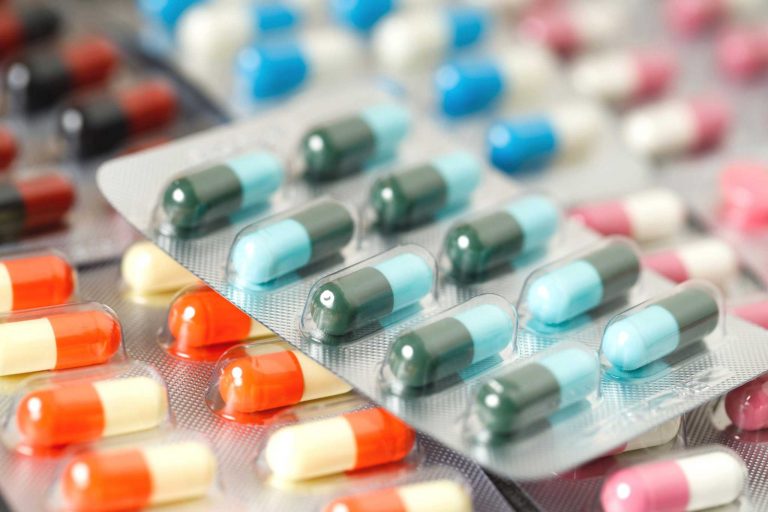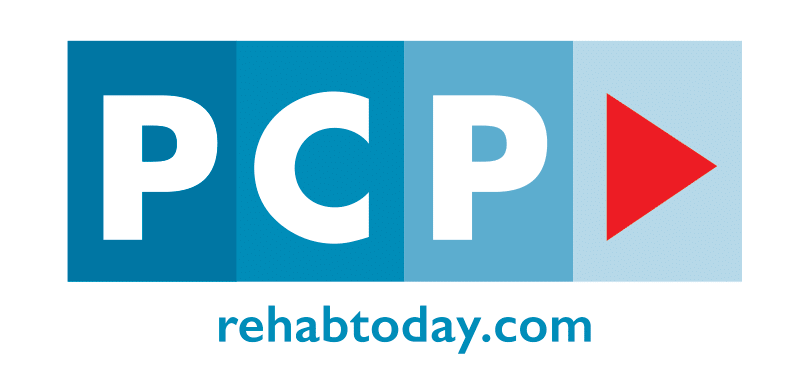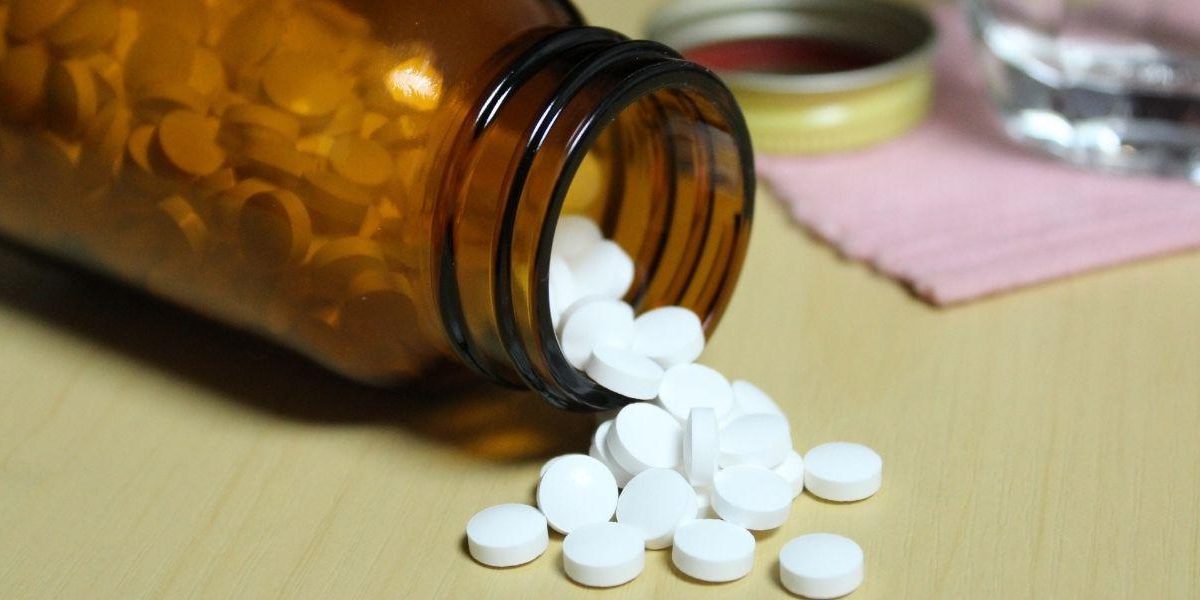Introduction to Opioid Addiction
Opioid use disorder is a serious, chronic, and relapsing disease that impacts millions of individuals and families across the globe.
Characterised by the compulsive use of opioid drugs despite harmful consequences, opioid addiction can quickly take over a person’s life. The risks are significant; severe withdrawal symptoms, opioid overdose, and even death are all too common outcomes of untreated opioid use.
Understanding the warning signs, causes, and available treatment options is essential for anyone affected by opioid use disorder.
Whether you are struggling with opioid use yourself or supporting a loved one, learning about effective treatment and recovery strategies can be the first step toward a healthier, safer future.
What are Opioids?
Opioids are a class of drugs commonly used to treat pain, cough, and other medical conditions. They can be derived from the opium poppy plant or synthesized in a laboratory. Opioids work by interacting with opioid receptors in the brain, producing feelings of pain relief, relaxation, and euphoria.
Opioids trigger the release of endorphins, which reduce the sensation of feeling pain and create feelings of well-being, making them highly effective but also increasing the risk of addiction and opioid use disorder.
There are several types of opioids, including prescription painkillers like oxycodone and hydrocodone, as well as illegal drugs like heroin. Other common opioids include fentanyl, codeine, and morphine.
Different Types of Prescription Opioids
There are different types of opioids prescribed by doctors depending on the level and type of pain.
Prescription opioids are legally used for pain management but carry a risk of misuse and addiction, especially when not used as directed.
Repeated or high-dose opioid prescriptions can significantly increase the risk of dependency and addiction, making it essential for healthcare providers to carefully monitor opioid prescriptions and follow prescribing guidelines.
These medications are often sold under brand names such as OxyContin, Percocet, Palladone, and Vicodin.
The list of synthetic opioids are:
– Codeine – Fentanyl – Hydrocodone – Oxycodone – Oxymorphone – Morphine
Heroin is an illegal drug that is a highly addictive substance derived from morphine, which is obtained from opium poppy plants. Some prescription opioid pain relievers have similar effects to heroin. When individuals develop tolerance or lose access to prescribed opioids, they may turn to street drugs like heroin, which can be even more dangerous due to the risk of contamination with substances such as fentanyl. According to research, the misuse of these medicines may pave the way for heroin use.

Can you get Addicted to Opioids?
Yes, opioids can be highly addictive. When taken regularly, opioids can lead to physical dependence and tolerance, significantly increasing the risk of addiction.
Opioid users may develop strong opioid cravings and experience withdrawal symptoms if they try to stop. Opioid users often struggle with increasing tolerance, requiring higher doses to achieve the same effect.
Opioid addiction, also known as opioid use disorder, is a chronic disease that affects the brain and behaviour. It is characterised by a strong urge to use opioids, even when they are no longer needed for medical purposes, and despite negative consequences. This compulsive use can lead to severe health issues and disrupt daily life.
Definition of Opioid Addiction
Opioid addiction is a type of substance use disorder characterized by the compulsive use of opioid drugs, despite negative consequences. It is a chronic disease that affects the brain and behavior, leading to physical dependence, tolerance, and withdrawal symptoms. Opioid addiction can result from a combination of genetic, environmental, and lifestyle factors. The consequences of opioid addiction can be severe, including the risk of overdose, death, and significant damage to relationships, work, and overall health.
Opioid Use Sisorder - who becomes Addicted to Opioids
People become addicted to opioids because they can combat the pain without any sort of physical or psychological addiction.
They can also help the user make the pain feel better by blocking some of the nerves that receive messages from the brain. If a family member has a history of alcohol or drug abuse, the odds to have inherited genes are increased.
According to research, hereditary factors account for at least half of your chances of being addicted. Also, if a person is addicted to drugs, alcohol or tobacco, it is a high chance to get addicted to opioids too. Individuals with a history of drug use or use of other drugs, such as benzodiazepines or stimulants, are at higher risk for developing opioid addiction.
Addiction to opioids is frequently characterised by compulsive drug-seeking behaviour. To obtain higher doses of this medication, a person may go to several doctors to seek new prescriptions.
When a person is drug-dependent, she or he is unable to stop thinking about it, which interferes with daily activities and leads to the development of a spacing mechanism. Pathological cravings for these drugs can also lead people to borrow, purchase, or steal them from friends and family.
As a last resort, some people may seek out heroin, an illegal opioid that is easily acquired on the streets. Engaging in these behaviours, such as seeking out heroin or obtaining drugs illegally, can result in legal trouble, including arrest or incarceration. Despite the well-known consequences of heroin, it is generally easier and less expensive to obtain than opioid medications. However, there are some symptoms to tell if someone is addicted to opioids.
Drug dependence occurs when the body relies on opioids for normal functioning, leading to withdrawal symptoms when the drug is not available. This is different from drug tolerance, where the body requires higher doses to achieve the same effect, and addiction, which involves compulsive use despite harmful consequences. Understanding these distinctions is crucial in addressing the mechanisms and implications of opioid use.
Causes and Risk Factors
Opioid addiction is a complex disease caused by a combination of genetic, environmental, and lifestyle factors. Some of the risk factors for opioid addiction include:
Family history of addiction
Mental health conditions, such as depression and anxiety
Mental disorders, such as schizophrenia or bipolar disorder
Trauma and stress
Chronic pain
Long term pain conditions that require ongoing pain management
History of substance abuse
Easy access to opioids
Social and environmental factors, such as poverty and lack of social support
Understanding these risk factors can help in identifying individuals who may be more susceptible to developing an addiction to opioids.
Symptoms of Opioid Addiction and Withdrawal Symptoms are:
– the inability to control opioid use
– uncontrollable cravings
– drowsiness
– changes in sleep habits
– weight loss
– frequent flu-like symptoms
– muscle aches
– decreased libido
– lack of hygiene
Withdrawal Symptoms
Opioid withdrawal and opioid withdrawal symptoms can vary significantly in severity and duration depending on the specific opioid used, such as heroin or methadone. Withdrawal symptoms occur when an individual stops using opioids or reduces their dose. These symptoms can be uncomfortable and even life-threatening, and can include:
Nausea and vomiting
Abdominal pain
Chills and fever
Fatigue
Depression and anxiety
Insomnia
Restlessness and irritability
Muscle and bone pain
Diarrhea
Compared to withdrawal from other substances, such as alcohol or benzodiazepines, opioid withdrawal requires specific management strategies, including medication-assisted therapies like methadone or buprenorphine, to help mitigate withdrawal effects and support recovery.
Managing withdrawal symptoms with medication and other treatments is a critical step in the recovery process. Proper management can help individuals overcome the physical challenges of withdrawal and move forward in their journey to recovery.
Opioid Overdose
Overdoses are a terrible yet all-too-common side effect of opioid painkiller misuse. Drug overdose deaths have been increasing dramatically, particularly due to the higher potency of synthetic opioids and increased usage during the COVID-19 pandemic. Overdoses are frequently induced by taking too much of a substance at once or by combining multiple substances, particularly other Central Nervous System (CNS) Depressants such as Benzodiazepines and alcohol.
Some overdose symptoms related to taking these drugs are:
– unconsciousness
– confusion
– constricted pupils
– nausea
– vomiting
– shallow or restricted breathing
– cool or clammy skin
– frequent vomiting
– extreme sleepiness or inability to wake up
– intermittent loss of consciousness
Opioid Addiction Treatment
Opioids taken in big quantities for a long time can increase the chances of long-term changes to your brain. Opioid dependence, a disorder resulting from chronic opioid use, highlights a global treatment gap where many individuals suffering from opioid misuse and dependence do not receive necessary care.
Opioid disorder is a chronic condition that requires comprehensive evaluation and ongoing care. Fortunately, early treatment intervention can help you prevent some of the long-term health consequences of opioid addiction.
Opioid use disorder treatment (OUD treatment) often involves a combination of medication-assisted treatment (such as methadone, buprenorphine, or naltrexone), counselling, and behavioural therapies.
Residential treatment programmes provide a structured, supervised environment for individuals with severe opioid addiction, supporting detoxification and stabilisation. Continuing treatment after initial detoxification is crucial to prevent relapse and support long-term recovery.
Group therapy is a supportive component of use disorder treatment, allowing individuals to share experiences, develop coping skills, and receive peer support.
It takes a lot more than willpower to break free from prescription medication addiction, but you can do it. Effective disorder treatment and efforts to treat OUD require individualized plans tailored to each person’s needs. Although it is a long-term procedure, medication and counselling can increase your chances of success.
Medication for Opioid Addiction
Withdrawal symptoms from opioids such as large pupils, yawning, belly pain, nausea, vomiting, body aches, agitation and severe bad moods are major reasons for relapse and further prescription drug abuse. Also, psychologists and therapists noted that a stressful environment or work problems contribute to recurrence. The Diagnostic and Statistical Manual of Mental Disorders (DSM-5) provides the standard criteria for diagnosing opioid use disorder and guiding treatment.
Medications for opioid use disorder work by helping to normalize brain chemistry, which can reduce cravings and prevent withdrawal symptoms to support recovery.
Methadone (Dolophine, Methadose) is a long-acting opioid that affects the same areas of your brain as the substance you’re addicted to but does not make you euphoric. You can take it every day, but you must visit a specialised clinic to obtain it. The optimum dose alleviates drug cravings and eliminates withdrawal symptoms. Another medicine approved for the treatment of opioid addiction is buprenorphine. It stimulates the same brain receptors, but not as intensely. Buprenorphine is typically administered as a daily dose to manage opioid cravings and withdrawal symptoms.
It has a lower risk of lethal overdose, hence experts frequently recommend it. It can also be used in conjunction with naloxone.
Naltrexone inhibits opiate receptors. It does not alleviate withdrawal symptoms or cravings like methadone or buprenorphine.
However, you will not get high if you utilise drugs while taking it. Naltrexone is most effective when used as part of a comprehensive rehabilitation treatment programme for opioid addiction.
Counselling Therapies for Opioid Addiction Treatment
There are a number of different counselling therapies that can be helpful for people in recovery from opioid addiction, such as cognitive behavioural therapy (CBT). Research shows that CBT is effective at reducing substance use and relapse rates. It also experiences higher success rates than other types of counselling therapies. The success of CBT relies on the use of specific methods, including changing the perspective on how the person thinks about their situation and responding appropriately to their thoughts and feelings when they occur. Recovery from addiction is most likely to happen when treatment is combined with supportive resources like family, friends, and social support groups. These resources can help those who are recovering from their addiction better understand the triggers that lead them to use drugs again so that they can avoid these triggers in the future. Those who are close to you will strengthen your treatment and will help you to overcome this drug addiction.
Opioids Addiction Recovery
If you or a loved one need help with an opioid problem, we can facilitate urgent or pre-booked admissions for an opioid detox and recovery programme, today.
Do not waste another day being the slave of this drug. Rehab Today by PCP (Perry Clayman Project) can help you to overcome this addiction and live a better life. Call or contact us for more information on how we can help!







